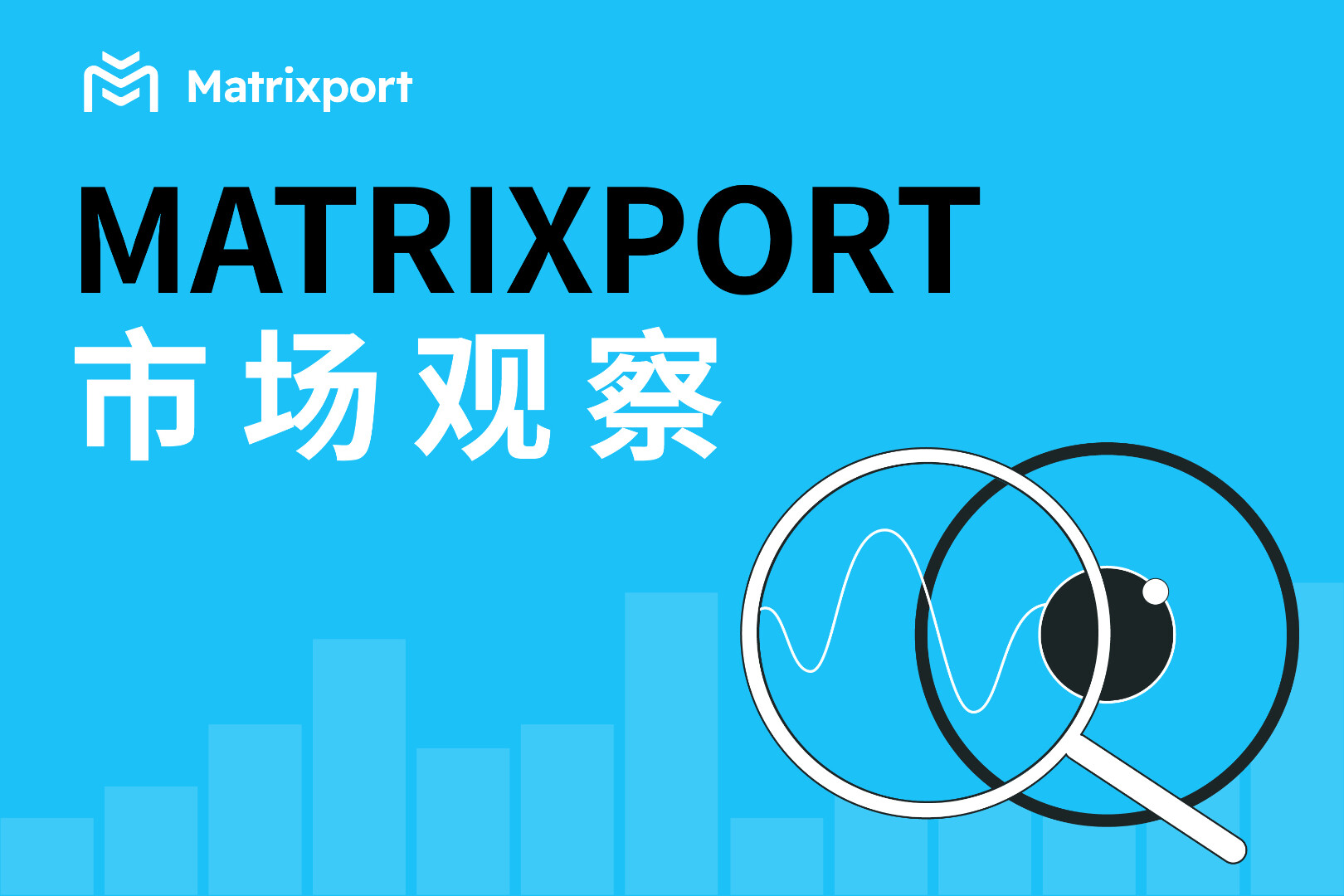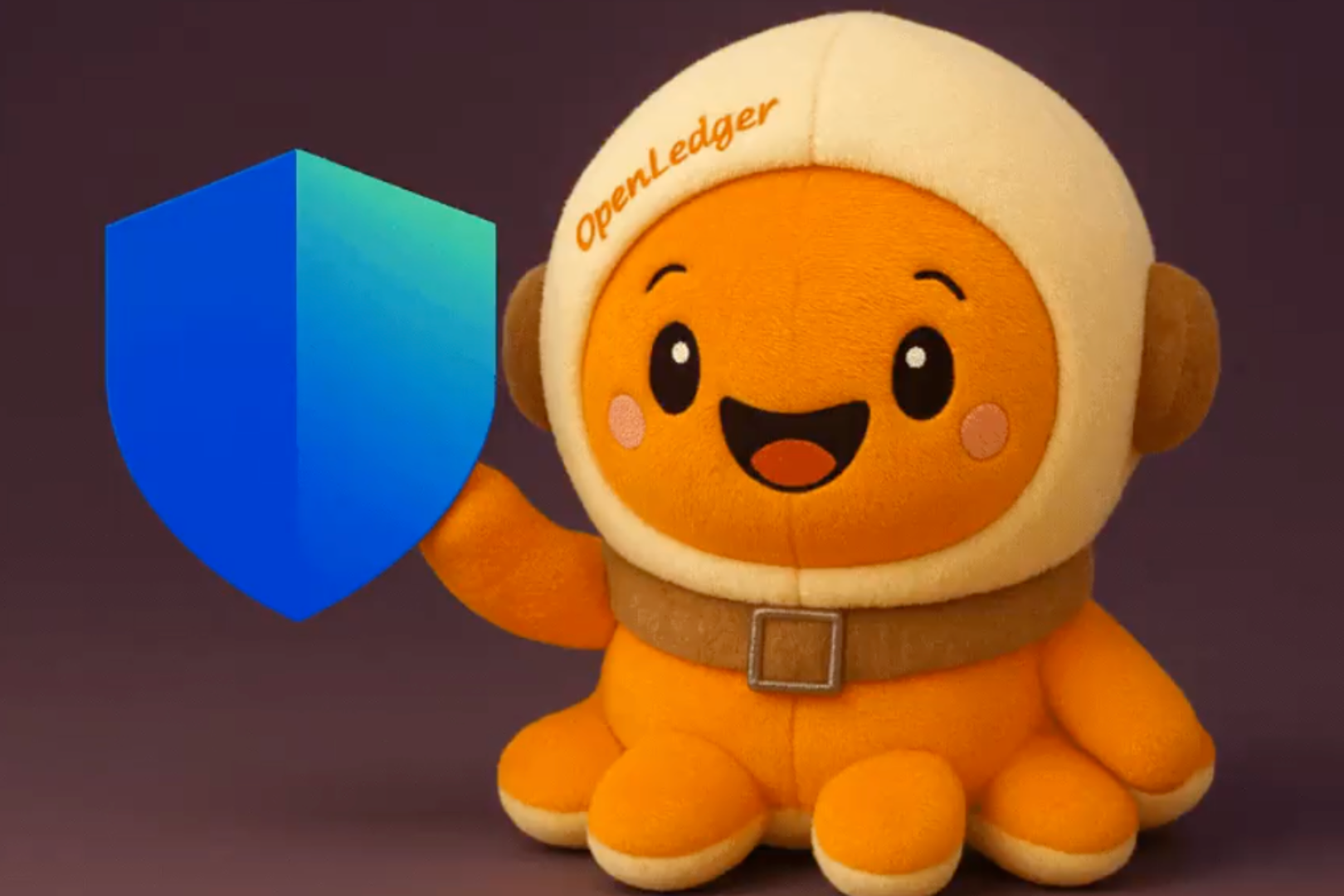Editor's Note: This article comes fromWebX Labs Daily (ID: gh_3bc595acebaf), reprinted by Odaily with authorization.
Editor's Note: This article comes from
WebX Labs Daily (ID: gh_3bc595acebaf)
, reprinted by Odaily with authorization.
AI, 5G, big data, blockchain... We are very clear that we are in a brand new technological revolution, but there is always a lack of a target here, indicating where the outbreak and iteration will eventually lead us place.
As a collection of concepts, Web3.0 has well dealt with the relationship between technology and technology, change and change, and the ultimate goal. WebX Lab hopes to establish a systematic knowledge map for the development of Web3.0 from the perspective of an observer and a participant, so that more people can understand Web3.0 in WebX Lab.
Liu Yi - "The development path of Web3.0 should be assets, identities and data"
How to connect Web3.0 and Web2.0, or where to land, is particularly worth thinking about, especially for Web3.0 entrepreneurs. Web2.0 is an era of platform economy. First of all, we should admit that Web2.0 is extremely successful. Its essence is to solve the trust problem between buyers and sellers. But Web2.0 has two limitations. The first one is that it can only solve the asymmetry of quality information of interchangeable products or industrial products. A large number of non-interchangeable products and services have not been well resolved by the Web2.0 platform. , Including finance, real estate rental and sales, medical care, education, marriage and love, part-time workers, etc., these areas are likely to be the first to be solved by Web3.0. The second is fairness, that is, the rent-seeking problem of the platform. Once the platform becomes a monopoly intermediary, it can squeeze profits from buyers and sellers.
Each part of the Web3.0 protocol stack is characterized by a decentralized, point-to-point encryption protocol, which is a trustless transaction or collaboration infrastructure, so that users can control their own assets, identities and data. From this perspective, assets must be the first, because asset-related fields are speculative and can attract a large number of funds and personnel. If you start with assets, the next step may be to solve the identity problem. If you don’t solve the identity problem, you can’t solve the data problem, because there is no way to control your own data without personal identification. So it should be advanced from the timeline of assets, identity and data.
The most likely first landing in all fields is finance, and DeFi can be said to be an experiment of open finance, a disposable prototype, because finance must be compliant and regulated, which is recognized. Then the identity problem that Web3.0 needs to solve is to allow every Internet user to grasp and control their own identity. It is not given, but declared. This identity cannot be faked or frozen. After these two problems are solved, the data comes out. There are two ways to use data value: overall use and personal use. The first is big data. In this process, no one's privacy is exposed, and the value to the entire society is formed. Personal data analysis can be used to provide better personalized services, and can also be used to predict the utility of products and services to individuals. The latter is an invasion of personal privacy, and the most common is the so-called big data killing, which should be banned through legislation.
secondary title
Meng Yan - "Web3.0 has five characteristics"
The concept of Web3.0 advocated by Dr. Gavin Wood has many different names, such as value Internet and Open Web. I prefer to call it decentralized Internet, because this word more accurately summarizes its essence or key features. I think Web3.0 is a new Internet platform and a new computing paradigm. In a sense, it is a return to the original intention of the Internet. The decentralized Internet must be similar to our current Internet. They are all from hardware to software, to network services, to network protocols, to value layer protocols, and then to application layers. We call it a technology stack ( Stack). The blockchain spans multiple different levels in this system, and plays a core role in the storage layer, computing layer, and value incentive layer. Therefore, the blockchain is a core infrastructure for Web3.0 and a real Game Changer.
Unbundling and separation of computing and specific computing devices: Web3.0 constitutes a brand-new computing paradigm. Computing and storage behaviors will not be shut down because of problems with specific devices.
Decentralization and transparency in the distribution of rights and interests.
Identity authentication and data confirmation based on cryptography technology: It is different from the traditional Internet based on centralized institutions and databases for authorization and authentication. Identity must become a sovereign asset. This identity is not only the identity of a person, but also the identity of terminals such as machines in Web3.0.






